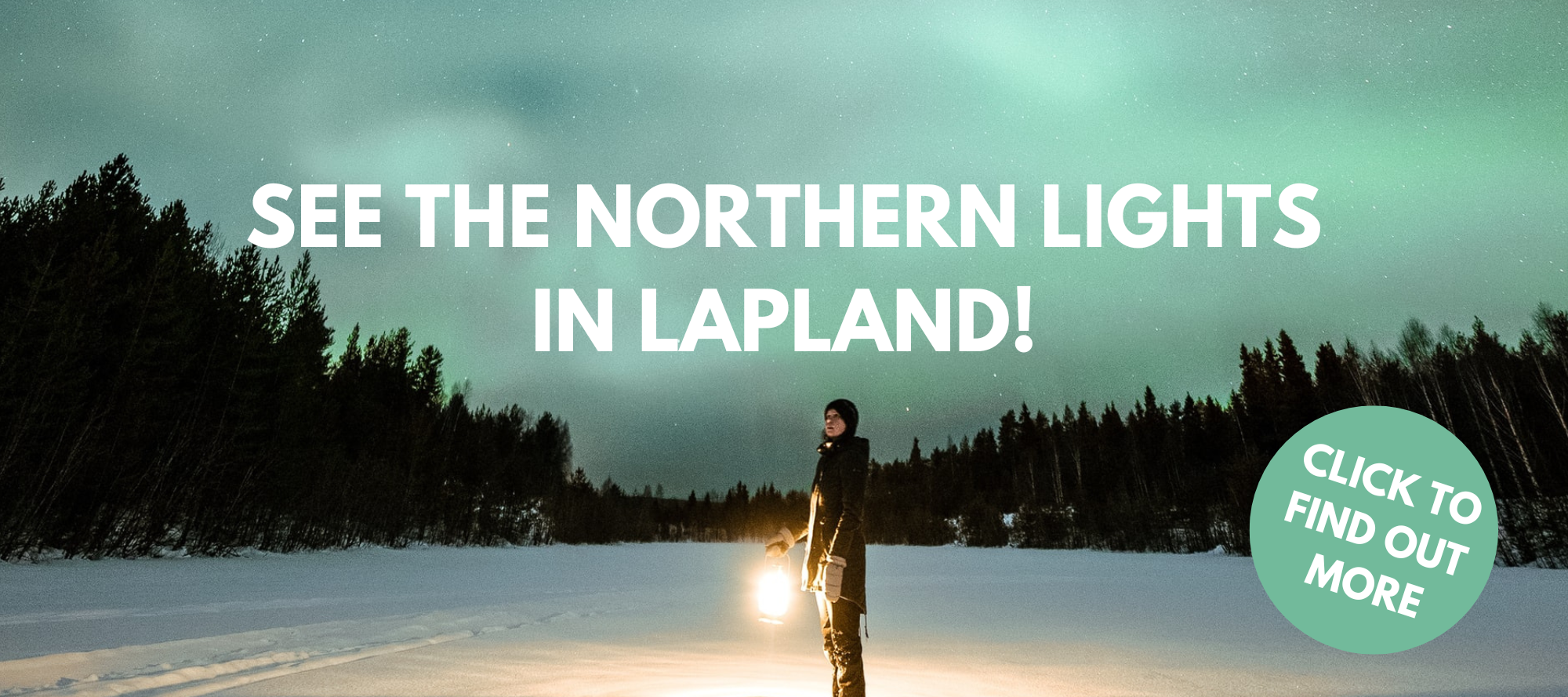Named after Aurora, Roman goddess of the dawn, the Northern Lights have long been associated with legends of Valkyries and lost souls. And in Finland, revontulet, the Finnish word for the Northern Lights, meaning "fox fires", harks back to a Sami tale of a magical fox that ran through the snow, causing sprays of colourful sparks in the sky as it ran.
More perhaps than any other world wonder, the Northern Lights are a must for every traveller. And whether it's Finland, Iceland, Norway, Sweden or even Greenland you choose, there's perhaps no bigger draw to the far north in winter than the unique opportunity of spotting the captivating sight that is the Northern Lights. A natural phenomenon like no other – except of course for the Aurora australis at the Antarctic, catching sight of these most elusive Aurora borealis, these breathtaking green and red lights that appear to dance in front of our very eyes, make for one of travel’s most unforgettable experiences and a memory likely to last well after your trip has ended. So if you're thinking of heading north to catch a glimpse of the Northern Lights, here's everything you need to know about when (and where) to go, so you can start planning your Northern Lights trip.
First the science
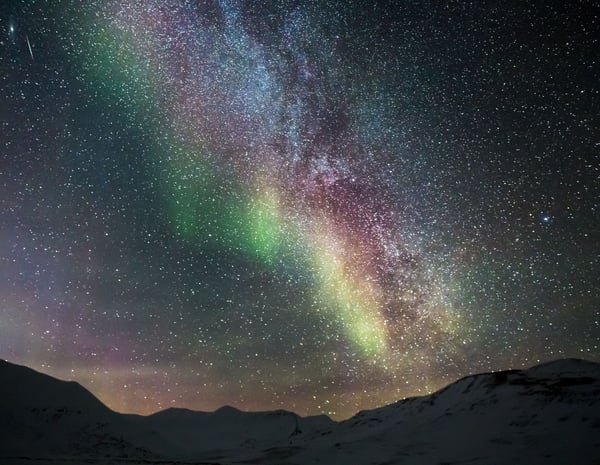 Source: Canva
Source: Canva
Unless you're willing to spend a few weeks, or even a few months, on the Arctic Circle waiting for the lights to appear, it's worth preparing for your Northern Lights trip with a little understanding of what exactly the Northern Lights are. Caused by solar winds that send electronically charged particles towards Earth, which upon reaching the Earth's atmosphere interact with the Earth's magnetic field, the Northern and Southern lights only take place within an Aurora oval – a zone between 3-6 degrees wide and situated between 10 and 20 degrees of both poles. These solar storms take 2-4 days to arrive on Earth, and as the lights are the result of geomagnetic storms, they can be predicted with the KP index, which measures geomagnetic activity over the next three days, and something you or the company you book with to see the Northern Lights, will no doubt be regularly consulting.
The shape of the lights, if you're lucky enough to catch them, is determined by fluctuations in the magnetic field. And depending on the molecules they collide with, will create lights of different colours. The most common is green, due to electronically charged particles colliding with oxygen approximately 60 miles high, but it's also possible to spot much rarer red lights, when particles collide with oxygen at higher altitudes or even blue and purple lights, when particles interact with nitrogen.
Keep an eye on the weather
 Source: Canva
Source: Canva
While it's possible to predict where the lights will appear based on geomagnetic activity, what makes it a little more difficult to predict is visibility. Cloud cover or snowfall are the most likely reasons for missing out on a spectacular light show, while at other times the lights may be faint or even invisible to the naked eye. However, it might still be possible to see the Northern Lights through your camera, due to the light-enhancing power of your camera lens. But, of course, when trying to align both geomagnetic activity and good visibility, it's best to have a few days available in the company of an experienced Northern Lights chaser to maximise your chances of catching this breathtaking phenomenon.
Where to go
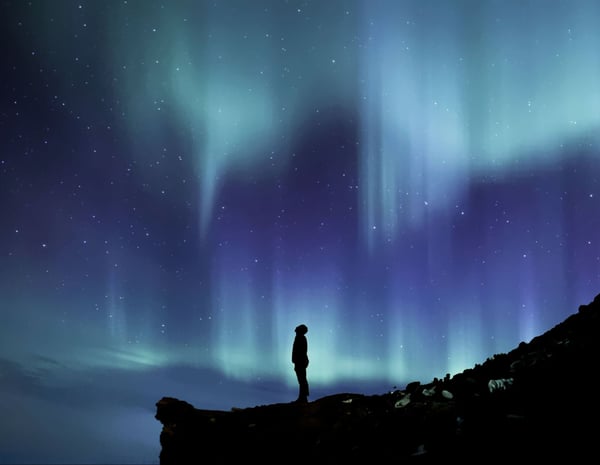 Source: Canva
Source: Canva
As well as trying to second guess the weather, there are however a few other things you can do to improve your chances. And while the lights have been spotted as far south as Cornwall in England, getting as close to the North Pole as possible, for example by heading to Tromsø in Norway, will improve your chances no end. But chances are still exceptionally good anywhere close to the Arctic Circle, and some of the best places to catch the Northern Lights include Rovaniemi in Finland, Swedish Lapland, Reykjavik in Iceland, Yukon in Canada, or Ilulissat in Greenland.
When to go
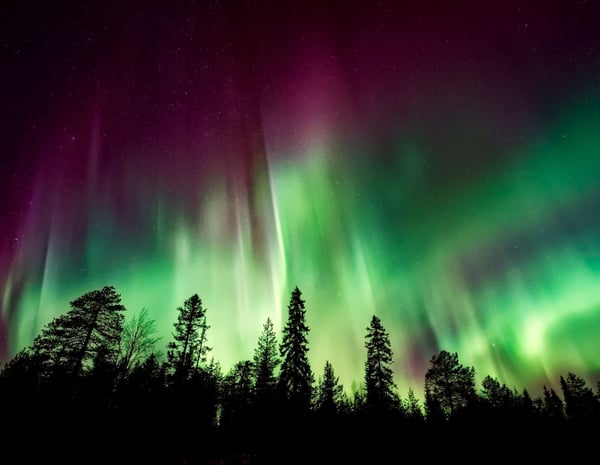 Source: Canva
Source: Canva
Although the Northern Lights can be seen as early as August, the lights are a much more frequent visitor between the autumnal equinox (23/22 September) and the spring equinox in March. Traditionally, October to December are the snowier months, with visibility greatly improved between January and March, when there are on average much lower levels of precipitation.
It's also perhaps worth bearing in mind that seasons in the far north aren't quite the same as in more southerly climes. In fact, the Sami, also known as the people of eight seasons, divide their year into eight unequal seasons with Polar Night between November and January, the Deep Freeze between January and February, Early Spring between March and April, Spring Melt in May, Midsummer in June and July, Autumn Harvest in August, Fall in September, and First Snowfall in October. While snow is on the ground between October and May, your best time to see the Northern Lights is during the Deep Freeze and Early Spring when clear blue skies make the latitude at its coldest, the bright sun turning snow drifts and frozen landscapes into a winter wonderland.
Our top tip: Finnish Lapland
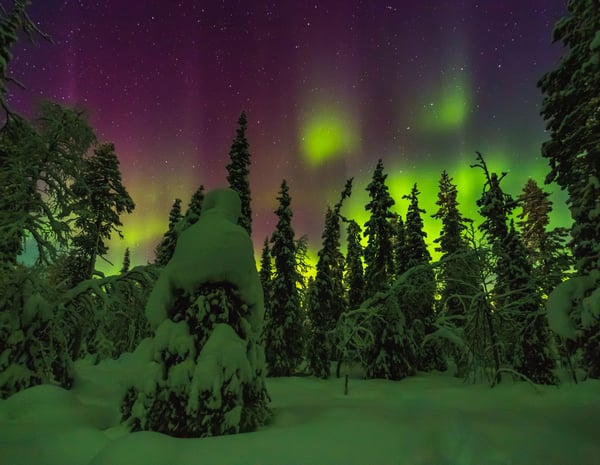 Northern Lights over Finnish Lapland. Source: Canva
Northern Lights over Finnish Lapland. Source: Canva
In Northern Finland, the Northern Lights are visible for nearly 200 nights per year, making Finland a great place to spot the Northern Lights. According to the Finnish Meteorological Institute, the Northern Lights are visible in Northern Lapland three nights out of four, meaning further south on the Arctic Circle, there's still a very good chance of catching them. The best time of night is between 10pm and 2am, around magnetic midnight, which is actually slightly earlier than midnight, due to the 11-degree difference between magnetic north and polar north.
Rovaniemi, our base for our Northern Lights chasing adventures, is situated on the Arctic Circle, meaning that in winter the sun always rises (for just over two hours on the shortest day). March is often the month with the least cloud, but chances are good on any of our winter tours, as we head out of the bright lights of the city to a rustic wooden cabin away from any light pollution, and dedicate a few evenings to chasing the lights across the Arctic wilderness, guided by an expert Northern Lights chaser. During our Lapland Northern Lights tour, you'll also get the chance during the day to ride a husky sled, go ice-fishing, explore on a snowmobile, go snow-shoeing or warm up from all your frosty activities in a traditional Finnish sauna.
In fact, having entered a new solar cycle in 2020 – the Earth’s magnetic field flips every 11 years – we're likely to reach the next solar maximum somewhere between 2023 to 2026. So there's never been a better time to get booking, as it might well be the best chance of seeing the Northern Lights this solar cycle!

